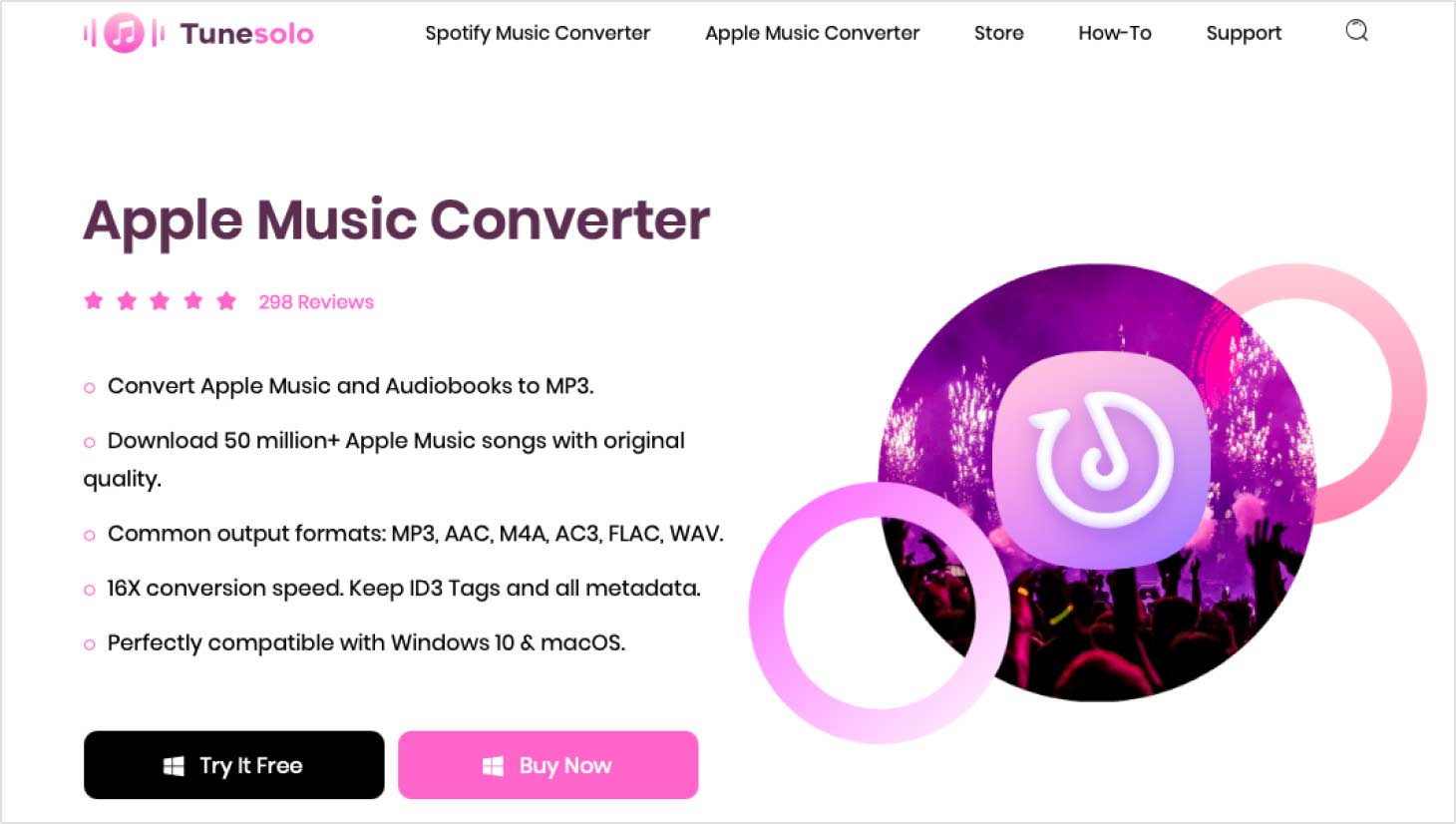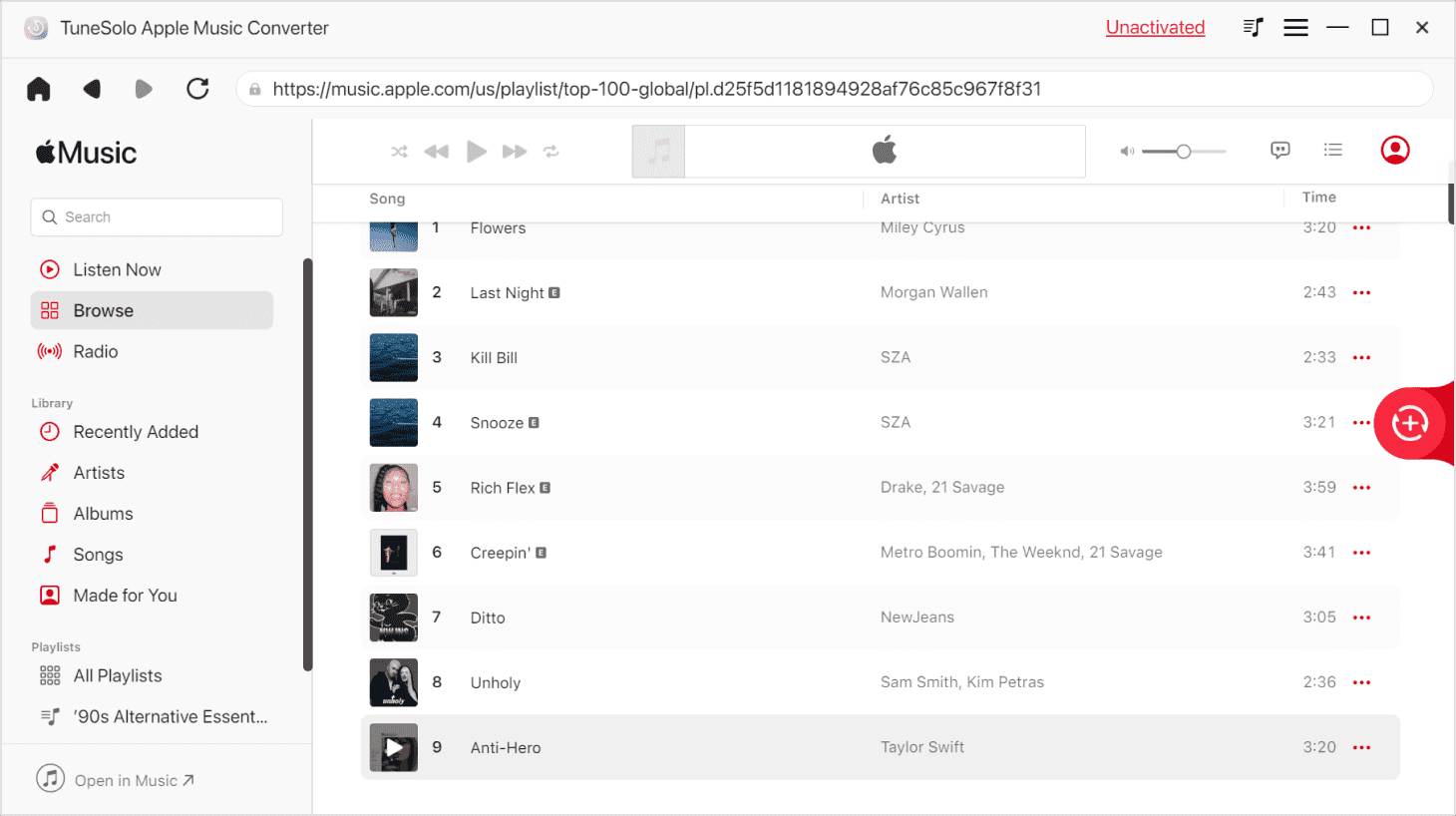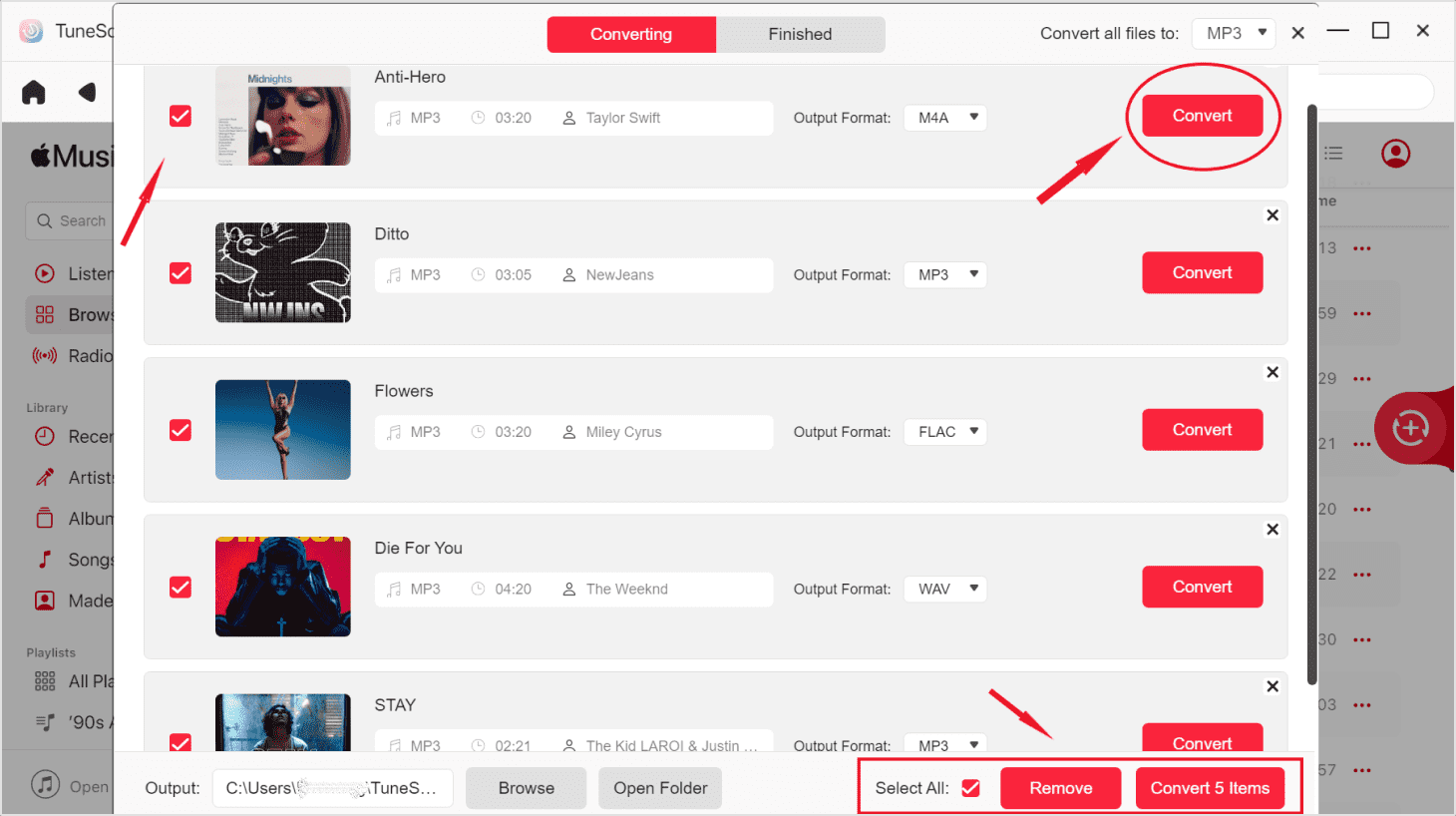Apple Lossless vs. FLAC: Which Are the Differences?
Some audiophiles are very explicit with their audio files. Even the slightest difference in audio quality will tick them off. And recently, one of the most controversial discussions has something to do with Apple Lossless vs. FLAC formats.
Since you’re here, it should be safe to assume that you have an idea of what these terms mean. Basically, these are two separate audio formats and although they sound simple, they’re not.
This guide will show you the difference and even similarities between these two formats, and which is better between the two. Let’s start by differentiating these two terms.
Article Content Part 1. What Is Apple Lossless?Part 2. What Is FLAC?Part 3. Apple Lossless vs FLAC What's the Difference?Part 4. Apple Lossless vs FLAC Which One Is Better?Part 5. Bonus: How to Keep Apple Music Forever for Offline ListeningPart 6. Summary
Part 1. What Is Apple Lossless?
You may have heard of the Apple Lossless vs. FLAC comparison from somewhere, but it’s likely that you don’t have an idea what Apple Lossless or FLAC is. And for that reason, we’re going to tackle these subjects first before we proceed with the main topic. Let’s start by defining what Apple Lossless is?
ALAC is an audio coding format developed by Apple for lossless data compression of digital music. The file extension used by ALAC is .m4a. ALAC supports up to 8 audio channels (16, 20, 24 and 32-bit depth) with a maximum sample rate of 384kHz.
Is Apple Lossless truly lossless? Yes, ALAC files are designed to provide bit-for-bit precision of the original audio data while reducing file size compared to uncompressed audio formats such as WAV. ALAC files are primarily used with Apple devices and software, including iTunes and iOS devices.
In addition to audio formats, ALAC is superior in other ways. Since ALAC maintains the original quality of your files, you don't need to worry about losing anything when converting them to other file formats. You can also recreate a damaged physical collection by burning the ALAC files to your desired media (CD or DVD).
Part 2. What Is FLAC?
After understanding what Apple Lossless is, that is, ALAC is lossless audio, next, you will learn what is FLAC?
FLAC is an abbreviation of Free Lossless Audio Codec. It refers to a format with the extension “.flac”. This format is similar to the MP3 file, but it has a much smaller file size mainly because it is a compressed file.
Compressed files are files that have a much smaller file size but most of the time with the same quality. This is what we call “lossless” which is what FLAC is. Some formats have lower quality and we call those “lossy” but that’s for another article.
You see FLAC often because it’s considered as one of the fastest and widely used lossless audio formats out there. It’s also an open-source format, meaning it doesn’t belong to a company alone, unlike Apple Lossless. Additionally, it is a well-documented format so there are a lot of articles talking about it, providing you with lots of information to work with.
Part 3. Apple Lossless vs FLAC What's the Difference?
Apple Lossless (ALAC) and FLAC are both audio compression formats that aim to preserve the original quality of the audio while reducing file size. Here are the key differences between the two formats:
Compatibility:
- Apple Lossless (ALAC) is natively supported by Apple products and software, such as iTunes and iOS devices. However, its support on non-Apple devices may be limited.
- FLAC, on the other hand, is an open-source format widely supported by various devices and operating systems, including Windows, Android, and many music players and streaming services.
Compression and File Size:
Both ALAC and FLAC are lossless compression formats, meaning they do not sacrifice audio quality for the sake of smaller file sizes. However, in practice, FLAC files may be slightly smaller than their ALAC counterparts due to differences in the compression algorithms.
Metadata:
Both ALAC and FLAC support embedded metadata, such as album art, artist information, and track details. This metadata is preserved within the compressed file and can be accessed by compatible audio players.
Licensing and Openness:
- ALAC is a proprietary format developed by Apple, and while the format itself is not encumbered by patents, the use of ALAC may be subject to Apple's licensing terms.
- FLAC, on the other hand, is an open and royalty-free format, making it widely used and supported across the industry.
In summary, the main differences between Apple Lossless (ALAC) and FLAC lie in their compatibility, file size, and the openness of the format. Users invested in the Apple ecosystem may find ALAC more convenient, while those looking for wide compatibility across different platforms and devices may prefer FLAC. Both formats, however, excel in preserving audio quality without sacrificing file size.
Part 4. Apple Lossless vs FLAC Which One Is Better?
Is Apple Lossless better than FLAC? There are several advantages to using FLAC or Apple Lossless, or any other lossless format for that matter. And that’s what we’re going to talk about in this section. We will also mention some disadvantages of FLAC and Apple Lossless later. For now, let’s discuss the advantages of using lossless formats such as the FLAC and Apple Lossless:
Advantages of FLAC and Apple Lossless
There are several advantages to using FLAC or Apple Lossless. You can see below some of the main advantages of using a lossless format:
- No Quality Loss when Ripping Music. If you’re an avid fan of music, you’ll eventually stumble upon a situation where you’re forced to rip off music from a music-streaming platform. When that happens, a lossless format would be very helpful.
- Convert to Other Formats. Since the format is lossless, it’s possible to convert the file to another format since you’re not risking anything. Plus, it may even upgrade the audio quality if you convert to the right format.
- Storage of Numerous Files. It’s also a great idea to use a lossless format such as the FLAC or ALAC if you’re planning on storing a lot of files. This is because they are much smaller since they are compressed, although that’s not always the case.
Now that we’ve discussed the advantages, I think it’s time to talk about some disadvantages.
Disadvantages of ALAC and FLAC
Of course, it would be suspicious if these formats are perfect as they are. As expected, there are several disadvantages to using these formats such as the following:
- Larger File Size. Compared to lossy formats, lossless format such as ALAC and FLAC has a larger file size.
- Less Compatible. Compared to lossy formats again, fewer media players support lossless formats.
- Not Much Difference. Unless you’re a perfectionist or an audiophile, you won’t notice the very slight difference in quality between lossy and lossless, so it seems to be pointless to use lossless formats, but that’s not always the case.
With this, you are now in possession of knowledge of the Apple Lossless vs. FLAC comparison. This will prove to be very useful when you finally get to access FLAC or ALAC files.
Part 5. Bonus: How to Keep Apple Music Forever for Offline Listening
Through the above content, I think you have a detailed understanding of ALAC and FLAC. And in this part we will share with you a tool that can help you download Apple Music for offline listening for free.
TuneSolo Apple Music Converter is a powerful application capable of converting files from iTunes. That includes podcasts, audiobooks, and even Apple Music. This would be very helpful for keeping Apple Music forever. Plus, you can convert the file to any format you want. If you want to know more, check out its other features:
Main Feature:
- Offline Listening. You can access the Apple Music files without the internet as long as you download the files properly. You can do this on most devices including iOS, Zune, Xbox, PSP, and even Android devices
- DRM Removal. Another notable feature of TuneSolo is its ability to remove DRM protection. Once the DRM protection is removed, you’ll be able to do whatever you want with the songs. You can even transfer them to other devices (If you want to know if there any tools to remove DRM protection, we can give you tips.)
- Faster Conversion. TuneSolo can convert at a very fast speed, approximately 16 times faster than common converters. It’s also capable of converting or downloading multiple files at the same time so you can save a lot of time
- Supported Formats. TuneSolo supports a lot of formats including protected formats such as M4V, M4B, and audible formats like AAX.

With all that being said, you should know that this software is powerful. You can clik the safe button below to keep your favorite Apple Music offline now.
Now that that’s settled, let’s proceed with the actual steps on how to use it:
Step 1. Choose Apple Music Songs
Once you confirm its installation, open the Apple Music Converter. The first thing you’ll see is a list of songs. From this list, select the Apple Music songs that you want to keep forever.

Step 2. Configure Settings
Under the list, you’ll see the Output Settings section. From this section, you can change the Format, Codec, Quality, and other properties. You can change it in any way you want.

Step 3. Convert Apple Music
After you change the settings, click on the Convert button. This will start the conversion process immediately. All you have to do now is to wait until the process is over.

Part 6. Summary
There are a couple of ways to enjoy music. One of them happens to be converting it to the perfect format. Unfortunately, it’s not very clear what the best format is. Is it universal FLAC format or the Apple Lossless?
Fortunately, with this guide, you should be able to distinguish which is the best format for your situation. Hopefully, you have learned everything you need to know regarding this Apple Lossless vs. FLAC comparison.